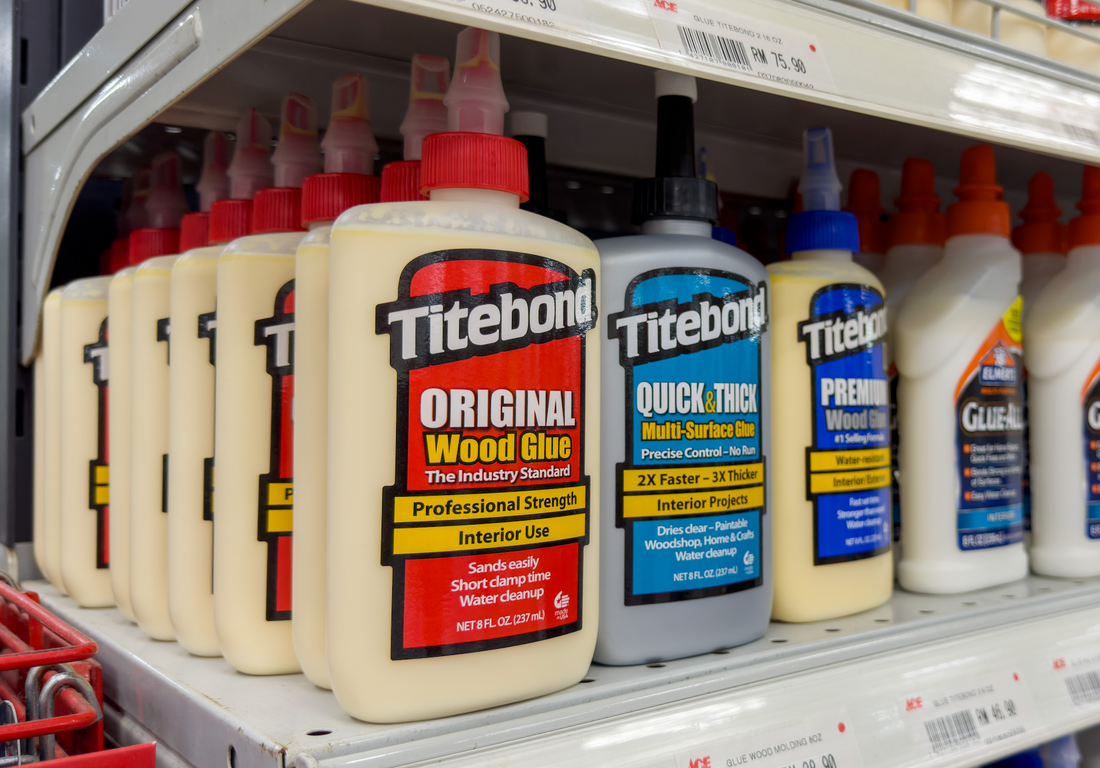
Best Types of Titebond for Modeling
Share
Summary: For most model airplane projects, Titebond II is a great balance between strength, workability, and water resistance. Titebond Original works well for indoor models and is easier to sand. Titebond III is best for models exposed to significant moisture but has a longer drying time and can be harder to sand.
Exploring Titebond Glues for Model Airplane Construction
Have you ever asked: What is the best type of Titebond for model building? The short answer is there isnt a "best" type. Each has specific qualities that give it pros and cons for modeling. The experts at Binos have done the research, and this is what we have found.
When constructing model airplanes, particularly those crafted from balsa wood, selecting the appropriate adhesive is crucial for ensuring structural integrity and ease of assembly. Among the various options available, Titebond glues are a popular choice within the modeling community. This article delves into the different types of Titebond glues and their suitability for model airplane building.
Titebond Original (Red Label)
Titebond Original is an aliphatic resin glue designed primarily for interior woodworking projects. It offers a strong initial tack and fast setting time. However, this formulation is not water-resistant. For model airplanes that won't be exposed to moisture, Titebond Original is a reliable choice due to its ease of sanding and quick drying.
Titebond II (Blue Label)
Titebond II is a water-resistant PVA (polyvinyl acetate) glue, making it suitable for projects that may encounter occasional moisture. It provides a slightly longer open time than Titebond Original, allowing for more precise adjustments during assembly. While Titebond II offers enhanced water resistance, it can be slightly more challenging to sand compared to the original formula. Many builders find it to be the best all-around choice for model airplane construction.
Titebond III (Green Label)
Titebond III is formulated for both interior and exterior applications, boasting superior water resistance. It's ideal for models that may be exposed to significant moisture, such as seaplanes. However, for standard model airplanes, this level of water resistance might be unnecessary. Some builders also find that Titebond III can be more difficult to sand and has a longer drying time compared to Titebond II.
Conclusion
Selecting the right Titebond glue depends on the specific requirements of your model airplane project. For most indoor models, Titebond Original or Titebond II will suffice, offering strong bonds and manageable working times. If constructing a model expected to encounter significant moisture, Titebond III provides the necessary durability. Understanding the characteristics of each glue type will help you make an informed decision, ensuring your model airplane is both robust and precisely crafted.
